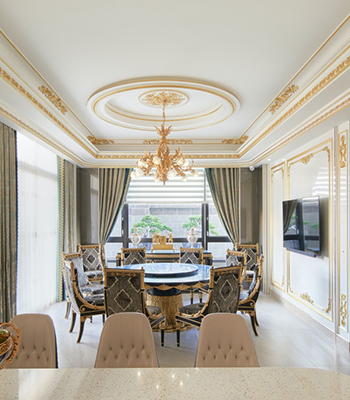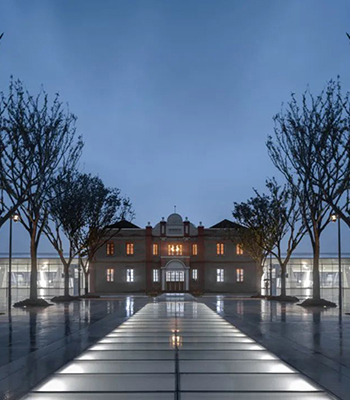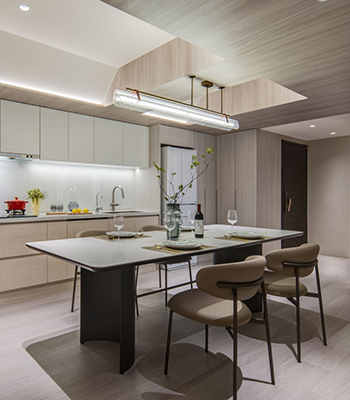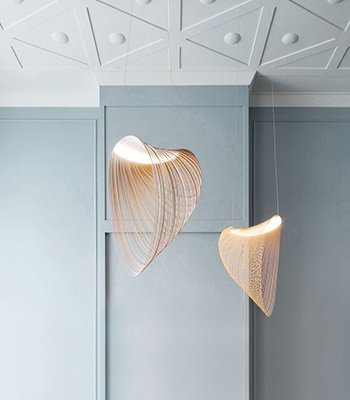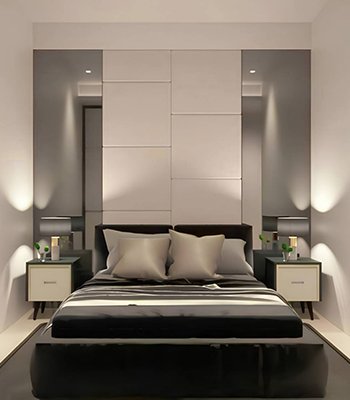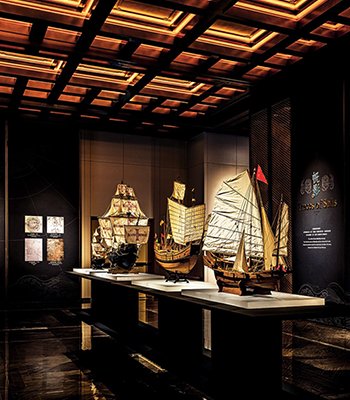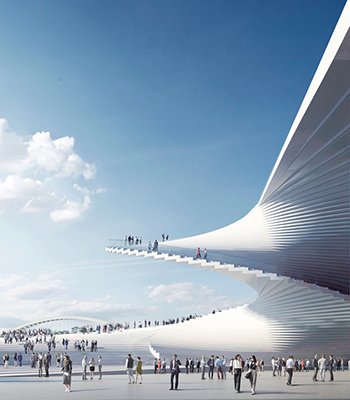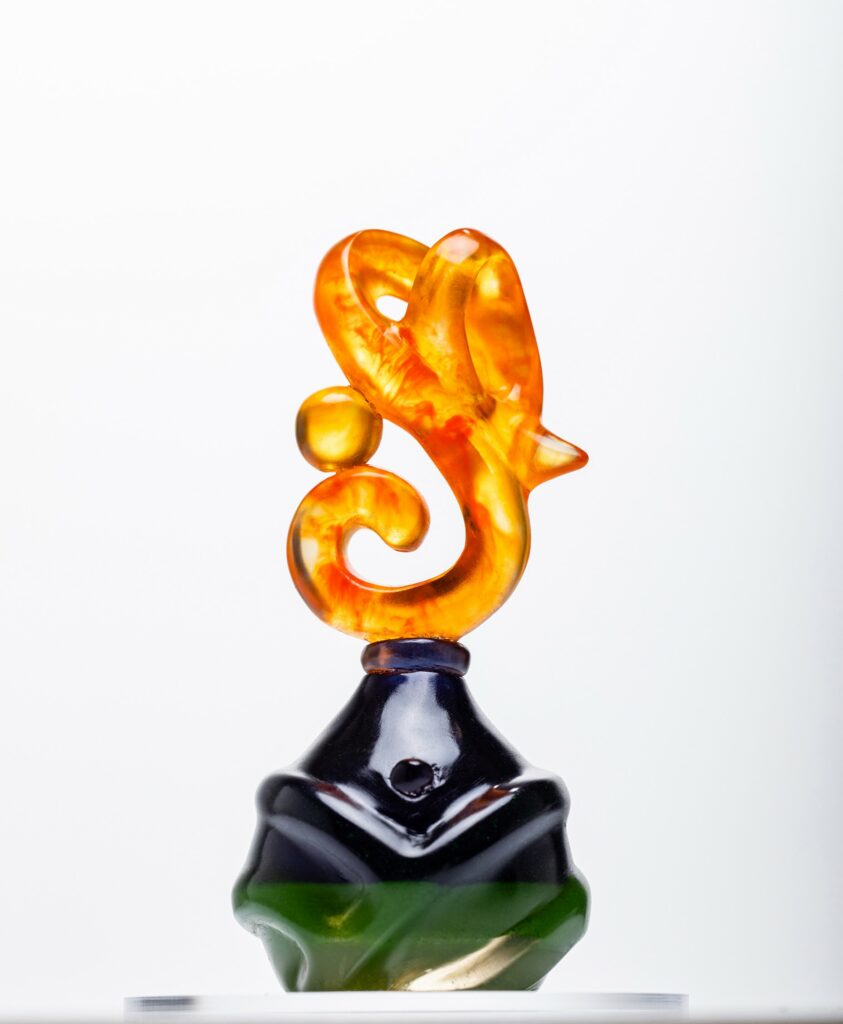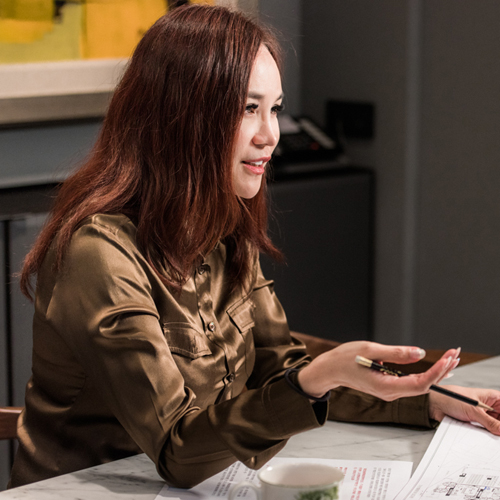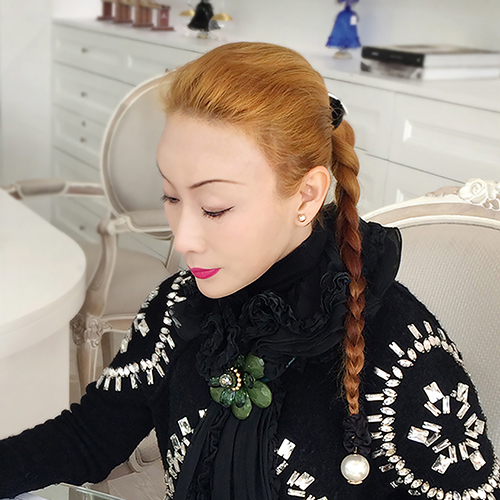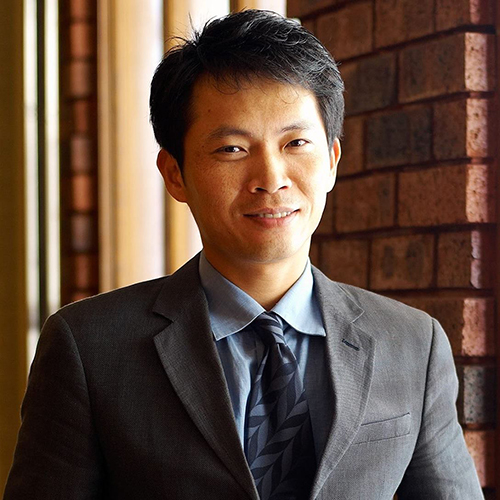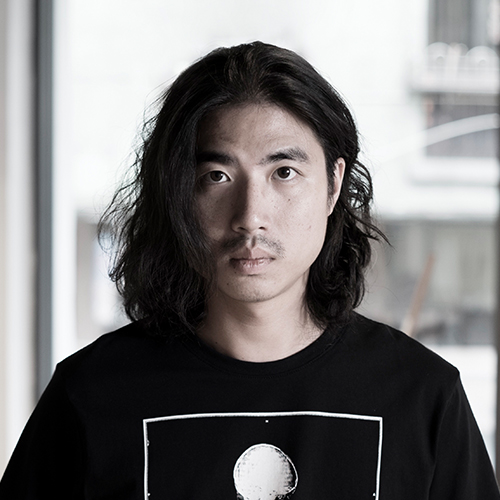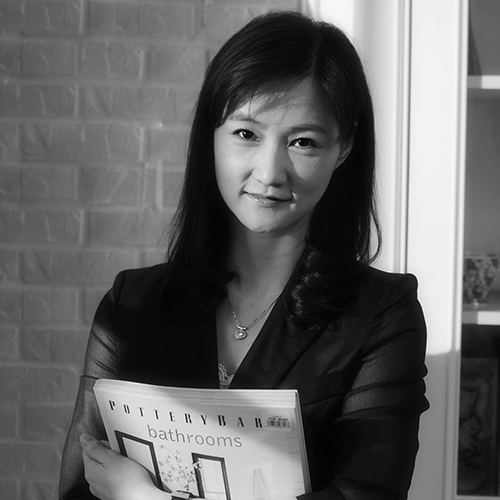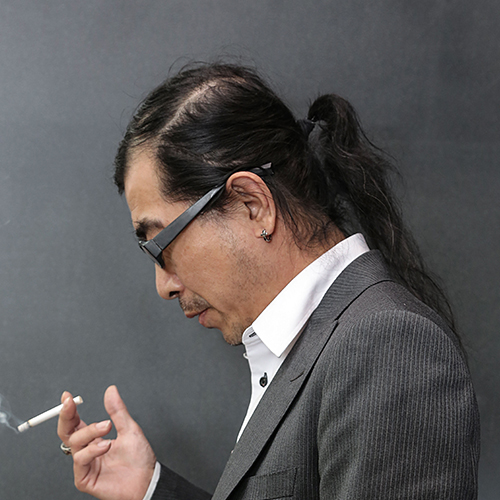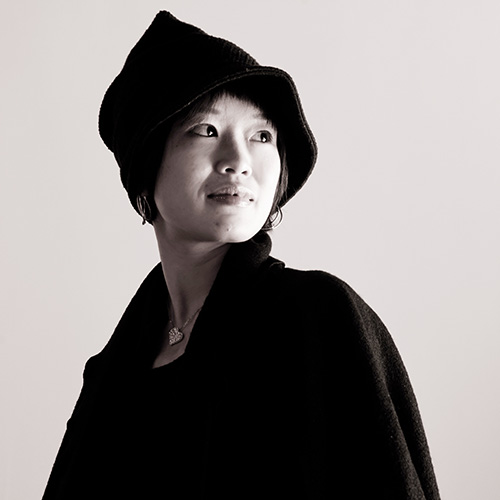
緊密結合,卻又彼此獨立——葡萄牙《流動之亭》
位於葡萄牙波多的《流動之亭》,座落在市郊一座十八公頃的公園湖畔,與葡萄牙最富盛名的賽拉維斯當代美術館(Serralves Museum)為鄰。
DepA has designed a mirrored pavilion that sits at the edge of the lake at the heart of the 18-hectare park that houses Serralves — the most visited museum in Portugal.

這座與環境融為一體的建築是由葡萄牙建築事務所depA所設計建造,其靈感則汲取自葡萄牙建築大師阿爾瓦羅・西札・維艾拉(Alvaro Siza Vieira)所設計的賽拉維斯當代美術館,以不規則的多邊形建築輪廓遙相呼應著美術館的格局與其著名的弓形窗。此外,六角形的圖形也大量的出現在了美術館及周邊公園。
The Porto-based architecture firm looked to Alvaro Siza Vieira’s museum for inspiration for ‘Liquid Pavilion’; its polygonal structure taken from the design of the Serralves Museum of Contemporary Art itself. The shape corresponds to both the museum layout and its characteristic bow windows — the hexagonal motif repeats itself throughout the museum and surrounding park.

建築師解釋:「這些被提起出來的多邊形元素,一旦從原本的設計中被移植到公園中,它的內含就變質了,不論是形狀或者材質的改變,都使它成為了一種不依附於任何它者的全新符號。」因此,《流動之亭》不應被視為美術館美學的延續,而是一座充分理解並融入其所處環境的獨立建築。儘管外觀的鏡面設計讓《流動之亭》顯得有些迷幻,但其內部仍保留了白盒子——展示空間——所需的中立性。
The architects from depA explain, “The extracted polygon, once implanted in the park and with its original context altered, including the transformation of its shape and materiality, becomes something new and detaches itself from its original source.” The pavilion is thus connected with the site through an understanding of space as opposed to a continuation of aesthetics. Whilst the mirrored exterior is disorienting — seeming to merge with its surrounds — the inside of the space retains the neutrality necessary for a white cube space.






Images: Jose Campos
Words: Rosie Flanagan
Source: Ignant

